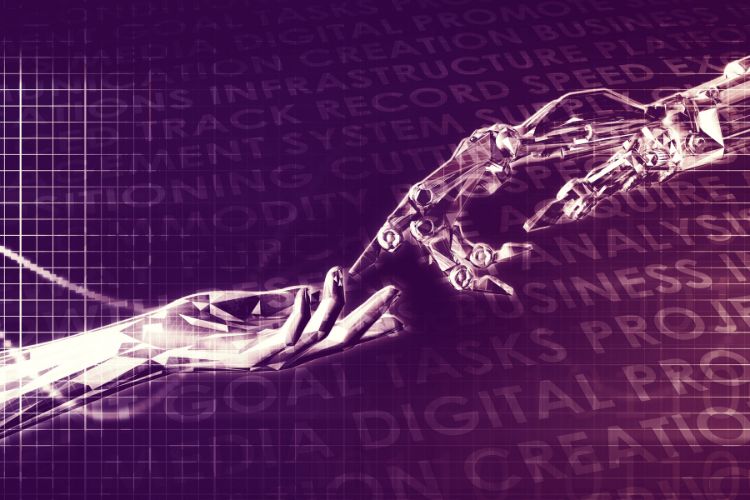Mold remediation is an ever-evolving field, with new trends and technologies continually emerging. These advancements promise more efficient, effective, and environmentally friendly approaches to tackling mold problems. This article explores the future of mold remediation, focusing on the cutting-edge trends and tools that are set to redefine how we deal with mold in homes and businesses.
Emerging Trends in Mold Remediation
- AI and Machine Learning:
- Artificial Intelligence (AI) and machine learning are being integrated into mold detection and remediation processes. These technologies can analyze vast amounts of data to predict mold growth patterns and suggest optimal remediation strategies.
- Eco-Friendly and Sustainable Practices:
- There is a growing emphasis on eco-friendly remediation methods. Sustainable practices, including the use of green cleaning products and waste reduction techniques, are becoming more prevalent in the mold remediation industry.

Table: Future Trends in Mold Remediation
| Trend | Description | Impact |
|---|---|---|
| AI and Machine Learning | Advanced data analysis for mold prediction and remediation planning. | Enhances precision and effectiveness in mold treatment. |
| Eco-Friendly Practices | Use of non-toxic, environmentally sustainable methods. | Reduces environmental impact and health risks. |
| Advanced Moisture Detection Tools | Improved tools for detecting moisture and humidity. | Enables early intervention, preventing mold growth. |
| UV-C Light Technology | Utilizing UV-C light for non-chemical mold eradication. | Offers a chemical-free, effective mold removal method. |
| Enhanced Training and Certification | Advanced training programs for mold remediation professionals. | Ensures high-quality, knowledgeable service provision. |
- Advanced Moisture Detection Tools:
- New tools for detecting moisture and humidity in buildings are being developed. These tools allow for earlier detection of potential mold problems, facilitating timely intervention.
- UV-C Light Technology:
- The use of UV-C light for mold eradication is gaining traction. This technology can effectively destroy mold spores without the use of harsh chemicals, making it a safer option for both remediation teams and building occupants.
- Enhanced Training and Certification:
- As technologies and methodologies advance, so does the need for specialized training and certification for mold remediation professionals. Future trends likely include more rigorous training programs and updated certification requirements to ensure high-quality service.
Conclusion
The future of mold remediation is marked by a blend of technological innovation and a commitment to sustainability. As we incorporate AI, advanced moisture detection, UV-C light technology, and eco-friendly practices, the mold remediation process is becoming more effective, efficient, and safe for both the environment and people. These advancements not only promise to improve the way we handle mold issues but also reflect a broader shift towards more responsible and advanced property maintenance practices.




